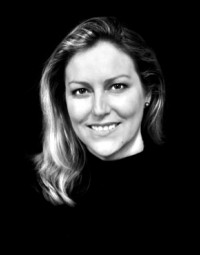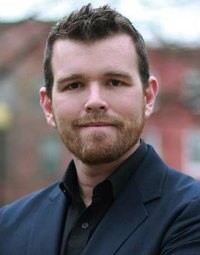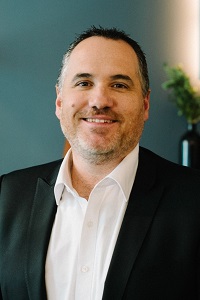Jose Hernandez Travels from San Francisco, USA

Topics
- C E O / M D
- Inspirational
- International Speaker
- Resilience
- Risk Management
- Science
NASA engineer Jose Hernandez wanted to fly in space ever since he heard that the first Hispanic-American had been chosen to travel into space. "I was hoeing a row of sugar beets in a field near Stockton, Calif., and I heard on my transistor radio that Franklin Chang-Diaz had been selected for the Astronaut Corps," says Hernandez, who was a senior in high school at the time. "I was already interested in science and engineering," Hernandez remembers, "but that was the moment I said, 'I want to fly in space.' And that's something I've been striving for each day since then." And now that hard work has paid off. He was selected to begin training as a mission specialist as part of the 2004 astronaut candidate class.
One of four children in a migrant farming family from Mexico, Hernandez - who didn't learn English until he was 12 years old - spent much of his childhood on what he calls "the California circuit," traveling with his family from Mexico to southern California each March, then working northward to the Stockton area by November, picking strawberries and cucumbers at farms along the route. Then they would return to Mexico for Christmas, and start the cycle all over again come spring.
After graduating high school in Stockton, Jose enrolled at the University of the Pacific in Stockton, where he earned a degree in electrical engineering and was awarded a full scholarship to the graduate program at the University of California in Santa Barbara, where he continued his engineering studies. In 1987, he accepted a full-time job with Lawrence Livermore National Laboratory where he had worked as a co-op in college.
While at Lawrence Livermore, Jose worked on signal and image processing applications in radar imaging, computed tomography, and acoustic imaging. Later in his career, he worked on developing quantitative x-ray film imaging analysis techniques for the x-ray laser program. He applied these techniques in the medical physics arena and co-developed the first full-field digital mammography imaging system. This system has proven useful for detecting breast cancer at an earlier stage than present film/screen mammography techniques. Jose has won recognition awards for his work on this project. He has also worked in the international arena where he represented Lawrence Livermore and the U.S. Department of Energy on Russian nuclear non-proliferation issues.
During the astronaut application process, Hernandez had to meet with a review board. That's where he came face-to-face with his original inspiration: Franklin Chang-Diaz.
"It was a strange place to find myself, being evaluated by the person who gave me the motivation to get there in the first place," he says. "But I found that we actually had common experiences - a similar upbringing, the same language issues. That built up my confidence. Any barriers that existed, he had already hurdled them." Jose smiles and says "Now it's my turn!"



























